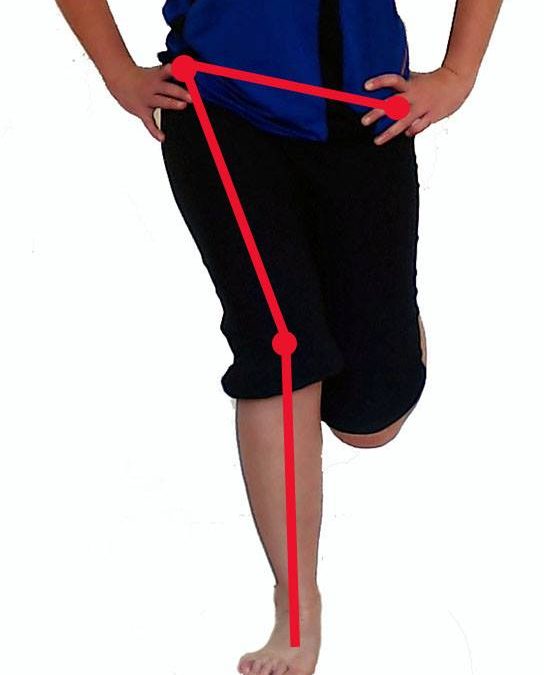One of the most common findings we assess here at Watsonia physiotherapy is a reduced strength or control of the presenting patients’ hip.
‘Hip control’ basically refers to our ability to control the direction of movement of our hip when standing on one leg or performing functional tasks such as stairs, squats, sit to stand etc. What often occurs is an increased angulation of the hip into what we call adduction and internal rotation, this creates a ‘valgus’ force at the knee. In simple terms this refers to the characteristic knee collapsing in in a ‘knock knee’ pattern. This can often be seen in a runner who runs without daylight between their thighs as their hips are so adducted and their knees are ‘knocking together’. It can also be seen in the older individual who ascends or descends stairs or gets up from a chair. The pattern here is a knee that collapses in.
What does this all mean?
It means a lot.
Basically, inadequate hip control sets our biomechanics up for all sorts of issues. One potential issue could be an increased pressure at the knee – causing patellofemoral pain, ITB issues, patella tendon issues etc. It can also cause hip issues, stretching our glute medius muscle and trochanteric bursa over the greater trochanter, causing compression and bursitis/tendinopathy.
Inadequate hip control can put greater emphasis on the lower back, causing our lower back muscles such as quadratus lumborum to stabilise an inadequately stabilised hip.
How can I work on this?
Well first get it assessed. There are simple exercises to begin with to start to improve your hip control, therefore your biomechanics and in turn your function, speed, power, agility etc. Not only this, but there are numerous studies, that indicate that strengthening the deep hip muscles actually reduce injury rates in sports people. This is especially seen to be the case in younger females who participate in netball and soccer.
Regain some (hip) control in your life!


